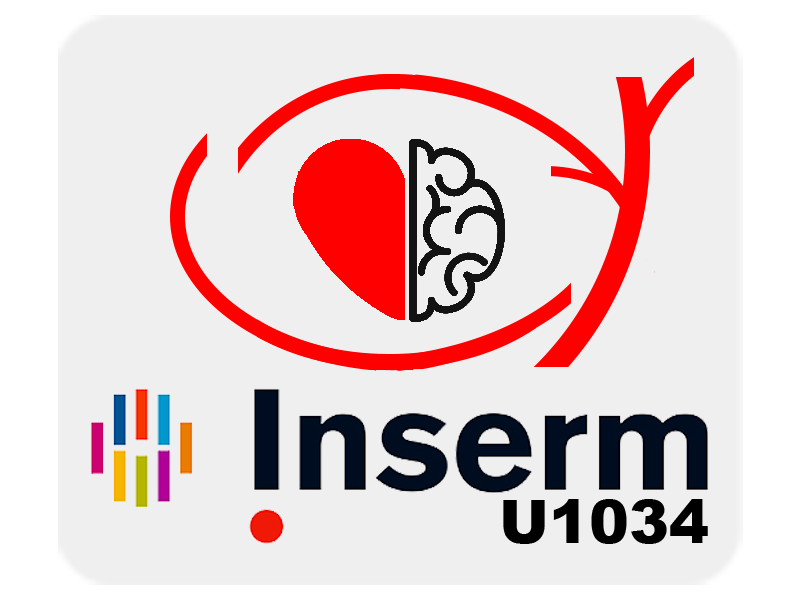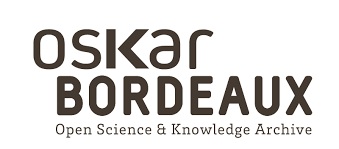Immunization against α β and α β in Glanzmann thrombasthenia patients carrying the French Gypsy mutation.
Résumé
Essentials The c.1544+1G>A mutation was identified in Gypsy Glanzmann thrombasthenia (GT) patients. Gypsy GT patients express normal α β carrying HPA-1b epitopes. To demonstrate HPA-1a alloimmunization by modified antigen capture assays. Gypsy GT patients could develop anti-HPA-1a alloantibodies against β and α β . ABSTRACT: Background Glanzmann thrombasthenia (GT) is a rare bleeding disorder caused by the absence or the dysfunction of the platelet α β integrin. A founder mutation in the ITGA2B gene was previously identified in French Gypsy patients. Interestingly, this mutation was strongly linked to the human platelet antigen-1b (HPA-1b). The HPA-1bb Gypsy patients are at risk of isoimmunization against α β , as this complex is not expressed at their platelet surface. Tentatively, they would, however, not have an increased risk of developing anti-HPA-1a alloantibodies by exposure of α β on platelets from random platelet transfusions. However, the β chain can also associate with the α subunit expressed at the platelet surface. Because Gypsy GT patients express normal α β carrying HPA-1b epitopes, these patients might develop anti-HPA-1a alloantibodies reacting with α β and/or β . Objectives/Patients/Methods To demonstrate this hypothesis, sera from HPA-1bb (n = 5) and HPA-1ab (n = 1) Gypsy GT patients were investigated by modified antigen capture assay using platelets or stable transfected cells. Furthermore, stable transfected cells expressing either α β or α β3 together with soluble monomeric chimeric β (as absorbent) were used to differentiate anti-β and anti-α β reactivity. Results Only HPA-1bb patients developed alloantibodies reacting with HPA-1a cells. Further analysis showed that HPA-1bb patients developed anti-HPA-1a alloantibodies reacting with β and/or α β . Conclusion In this study, we found that HPA-1bb patients who failed to express α β on the platelet surface can develop alloantibodies against HPA-1a reacting with β as well as α β . This is of particular importance as anti-HPA-1a alloantibodies might cause fetal neonatal alloimmune thrombocytopenia and/or platelet transfusion refractoriness.


